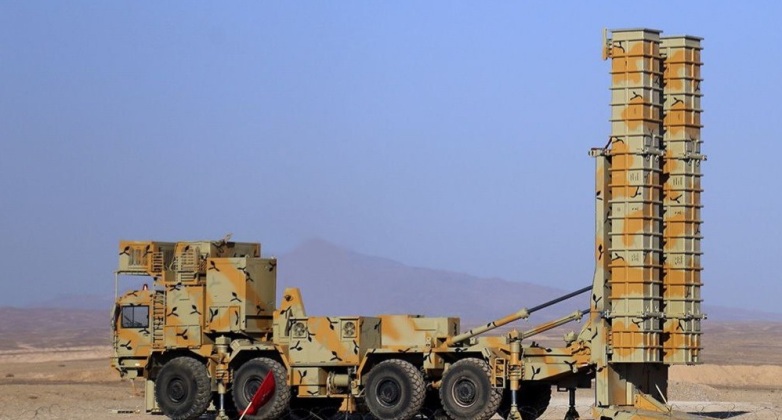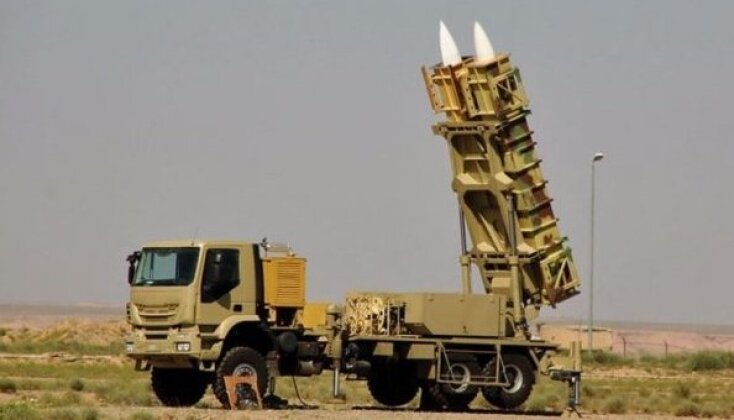On April 17 the Iranian Air Defence Forces unveiled a new significantly modernised variant of the country’s top long range air defence system the Bavar 373, the designation of which remains unknown. The new missile system integrates a new class of solid fuelled surface to air missile, the Sayyad 4B, which provides a 300 kilometre engagement range. The unveiling of the new system follows an Israeli air strike on an Iranian diplomatic building in Syria on April 1, which killed a brigadier general in the elite Quds Force of the country’s Revolutionary Guard Corps Mohammad Reza Zahedi, and ten other Iranians including several long serving diplomats and General Zahedi’s deputy General Haji Rahimi. It also comes after Iran launched multiple waves of cruise missile, ballistic missile and drone attacks on military facilities in Israel on April 13-14, which Israel received considerable Western and Jordanian support to help intercept. Israeli officials have since pledged to retaliate. Although Iran lacks modern fighter aircraft, its multi-layered air defence system including indigenous, Soviet, Chinese and Russian systems poses a serious challenge to adversaries planning possible offensives.

The first variants of the Bavar 373 entered service around 2015, with a new generation of systems unveiled in August 2021 and marketed for export from 2022. Russian refusal to export advanced air defences to Iran in the 1990s and 2000s, and termination of a contract to provide S-300 systems in 2010 due to Western pressure, were credited with having spurred efforts to develop advanced domestic systems. Iran did eventually acquire enhanced S-300 variants from 2017, but has placed no further orders since. Iranian government sources have claimed that new variants of the Bavar 373 entering service from 2021 were more capable than the Russian S-400 system that Moscow showed greater willingness to sell to Iran from the late 2010s, although these claims have been seriously questioned outside Iran. The latest variant of the Bavar 373 has a longer engagement range than most S-400 units and all S-300s, with only a portion of the Russian S-400 inventory having been equipped with the latest 40N6 missile providing a 400 kilometre engagement range. The Bavar 373’s 300 kilometre range puts it on par with the Chinese HQ-9 system, and far ahead of the more limited ranges of Western air defence systems.

Preceding variants of the Bavar 373 featured six mobile launchers each carrying four missiles per system, as well as a command post, search radar and target tracking radar, with each having a detection range quoted at 260 kilometres. It is presumed that the latest variant has seen its detection range improved considerably, or else that it was designed to use targeting data from other assets such as fighters or forward deployed radar systems to exploit the full range of the Sayyad 4B missile. The system is deployed as part of a multi layered air defence network, including other long range assets such as the Khordad 15, and short range systems such as the 3rd of Khordad, with the longest range detection capabilities provided by the Russian Rezonans-NE radar. The Bavar 373 has the potential to gain significant traction on export markets due to both Russia’s unwillingness to provide its own systems to certain clients, such as Syria, as well as the Russian defence sector’s allocation of more of its productive capacity towards manufacturing for the country’s immediate wartime needs. Syria in particular, which has sought to acquire Russian S-300 systems since the 1990s but been denied permission to purchase them, and much like Iran saw contracts cancelled in 2013 due to Western pressure, could be a leading client for the systems.
